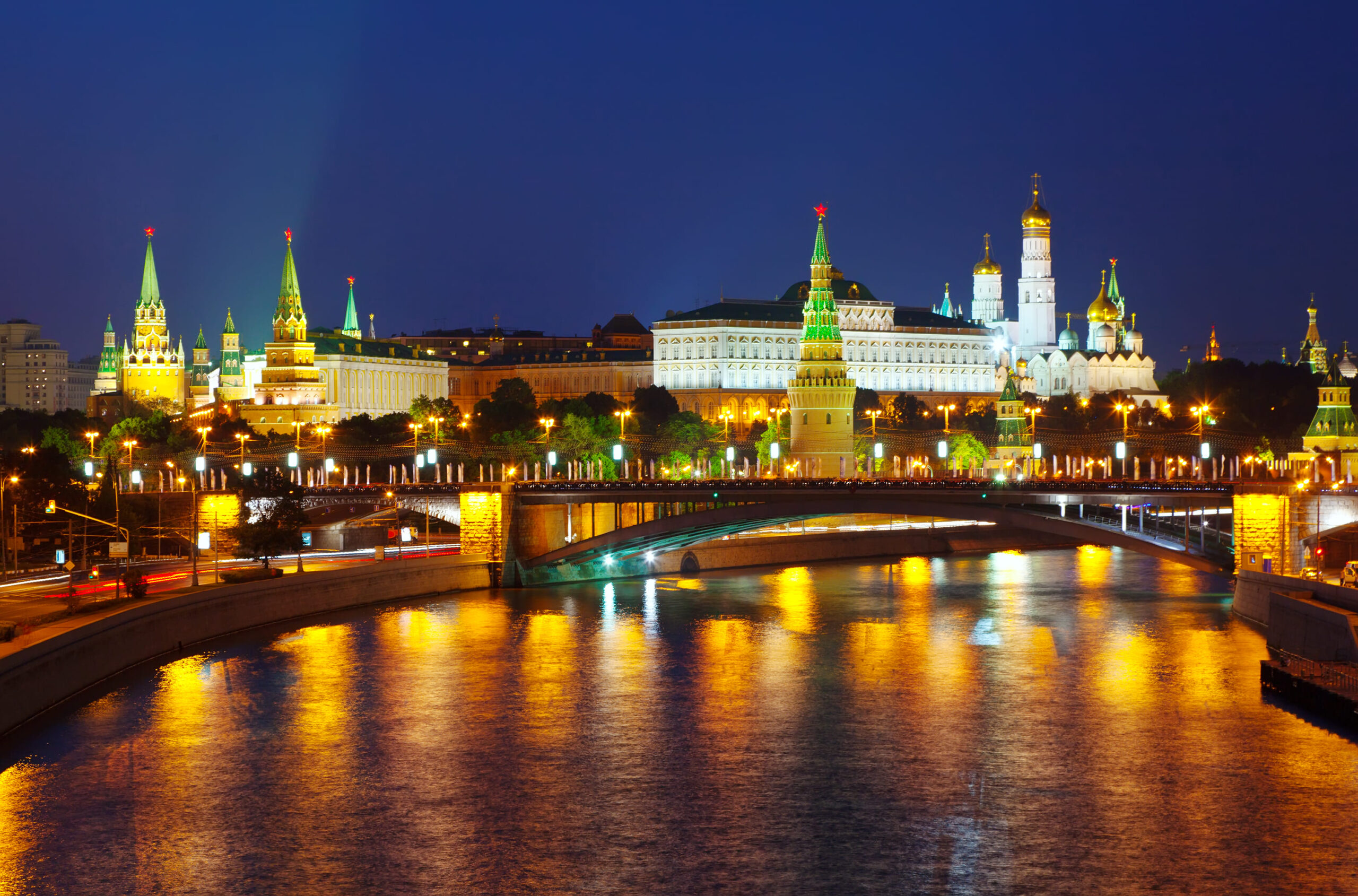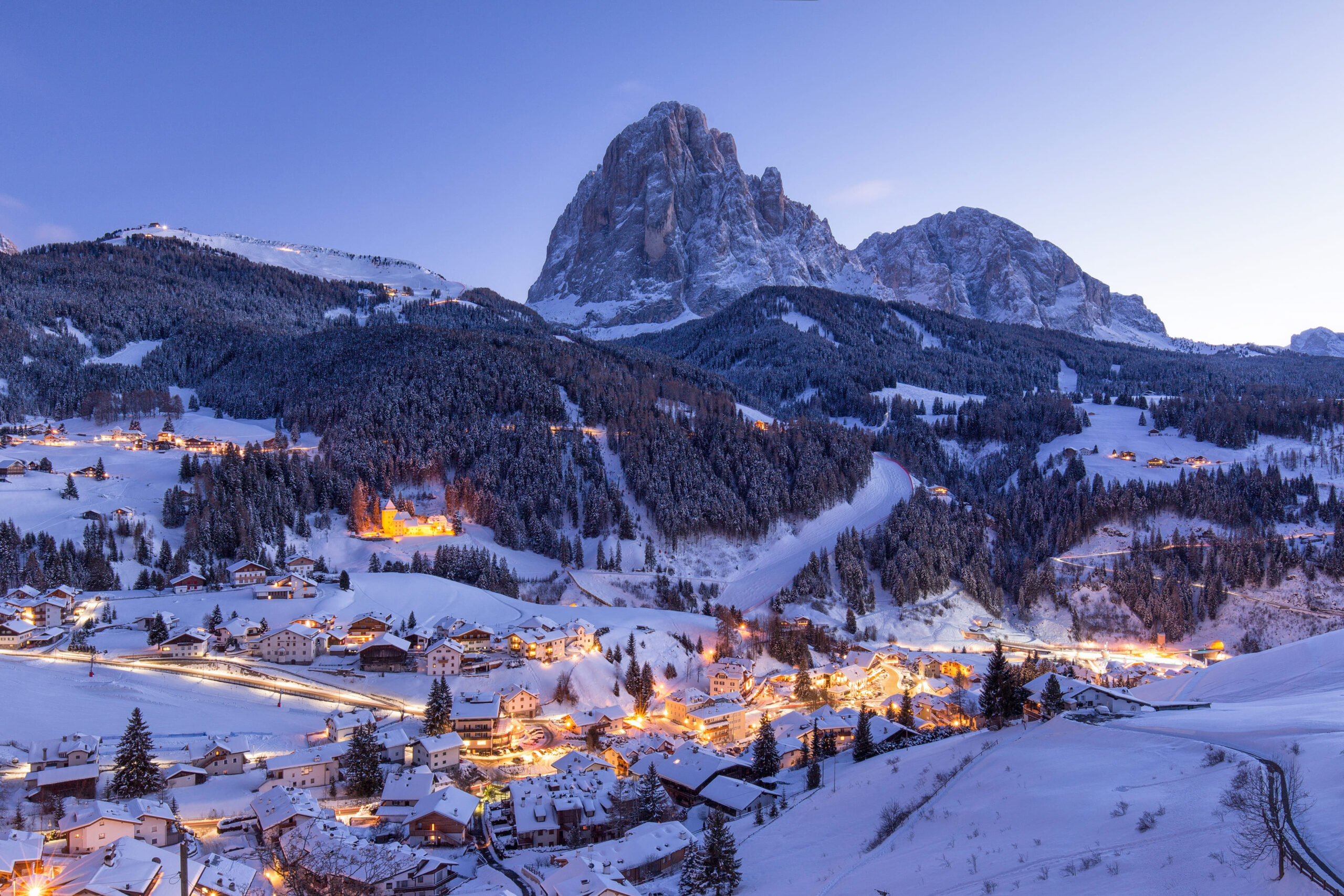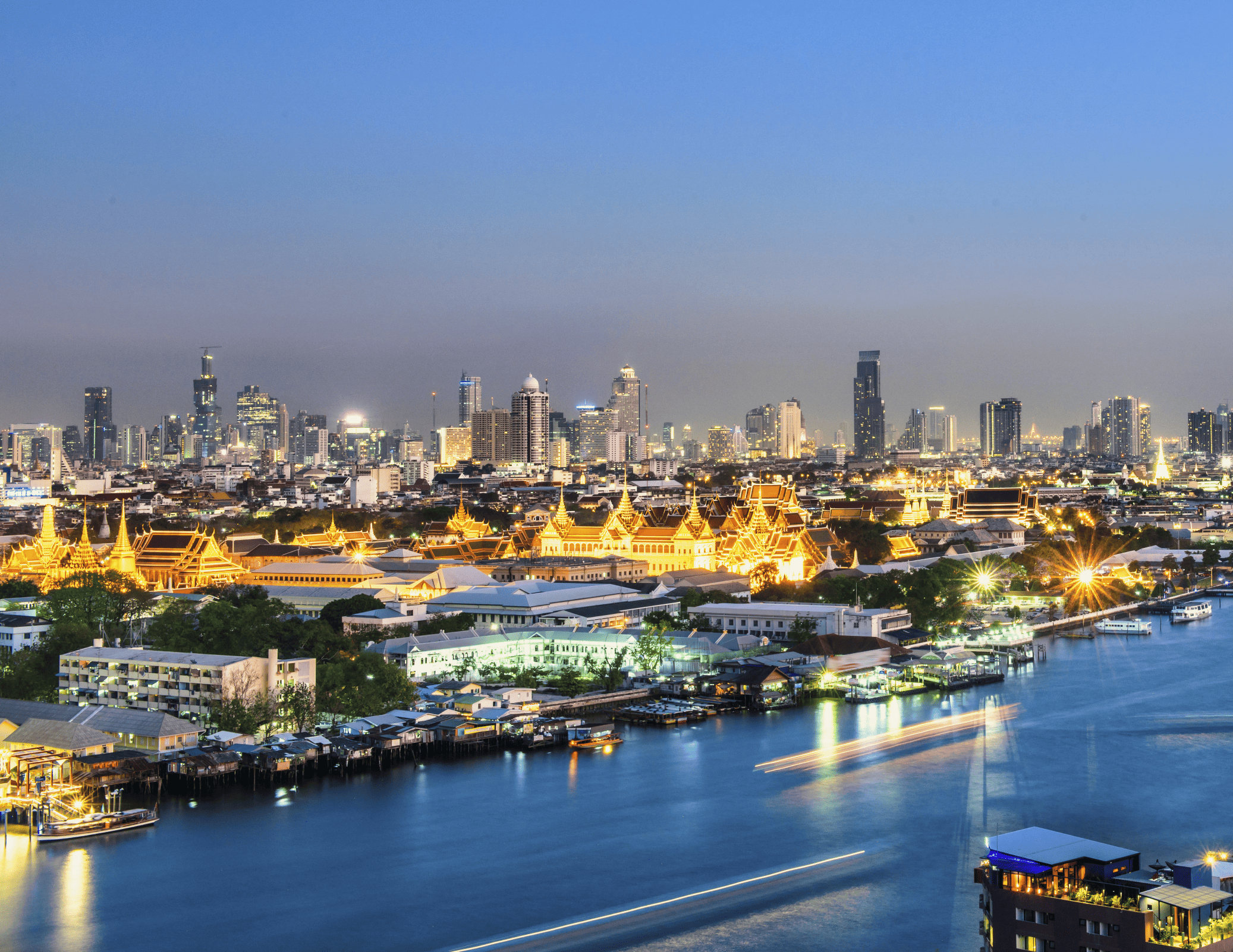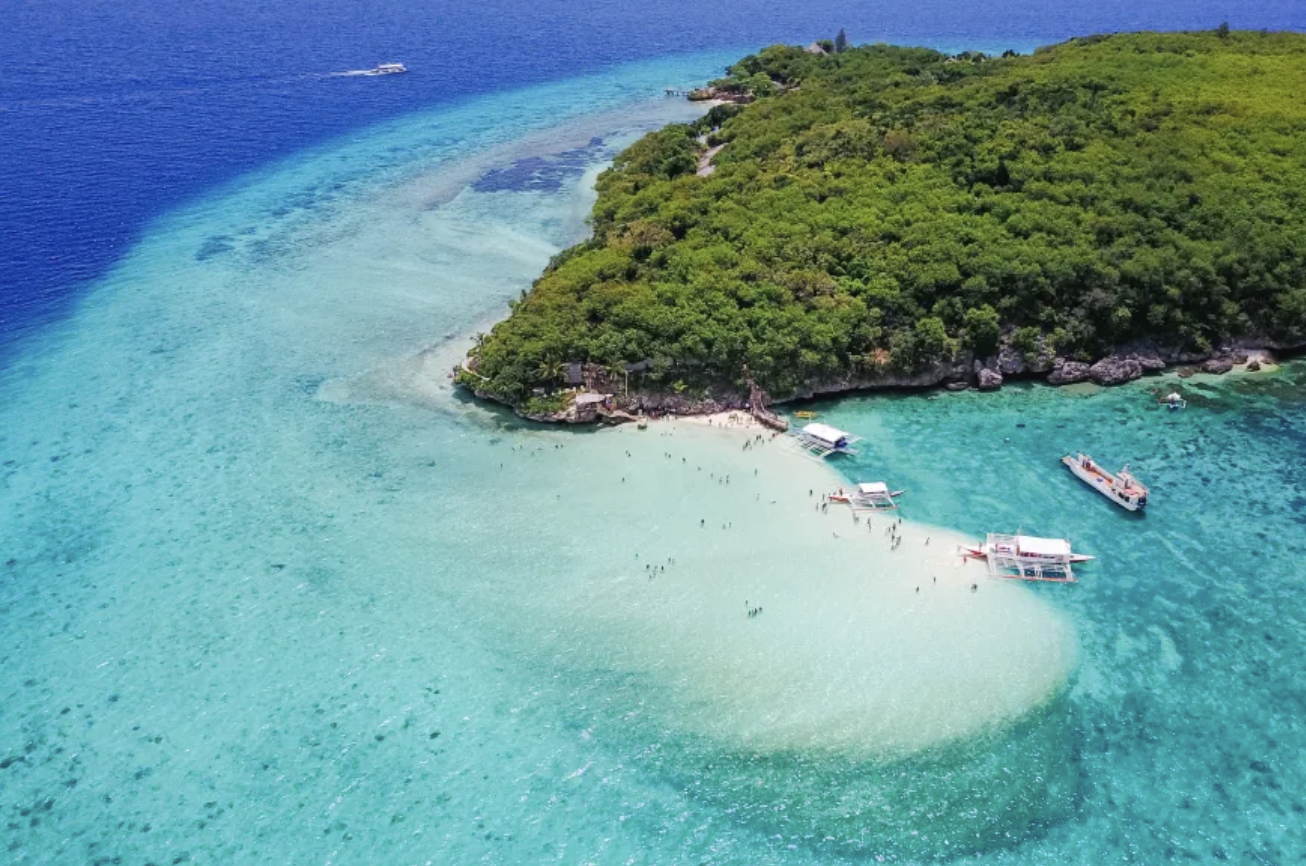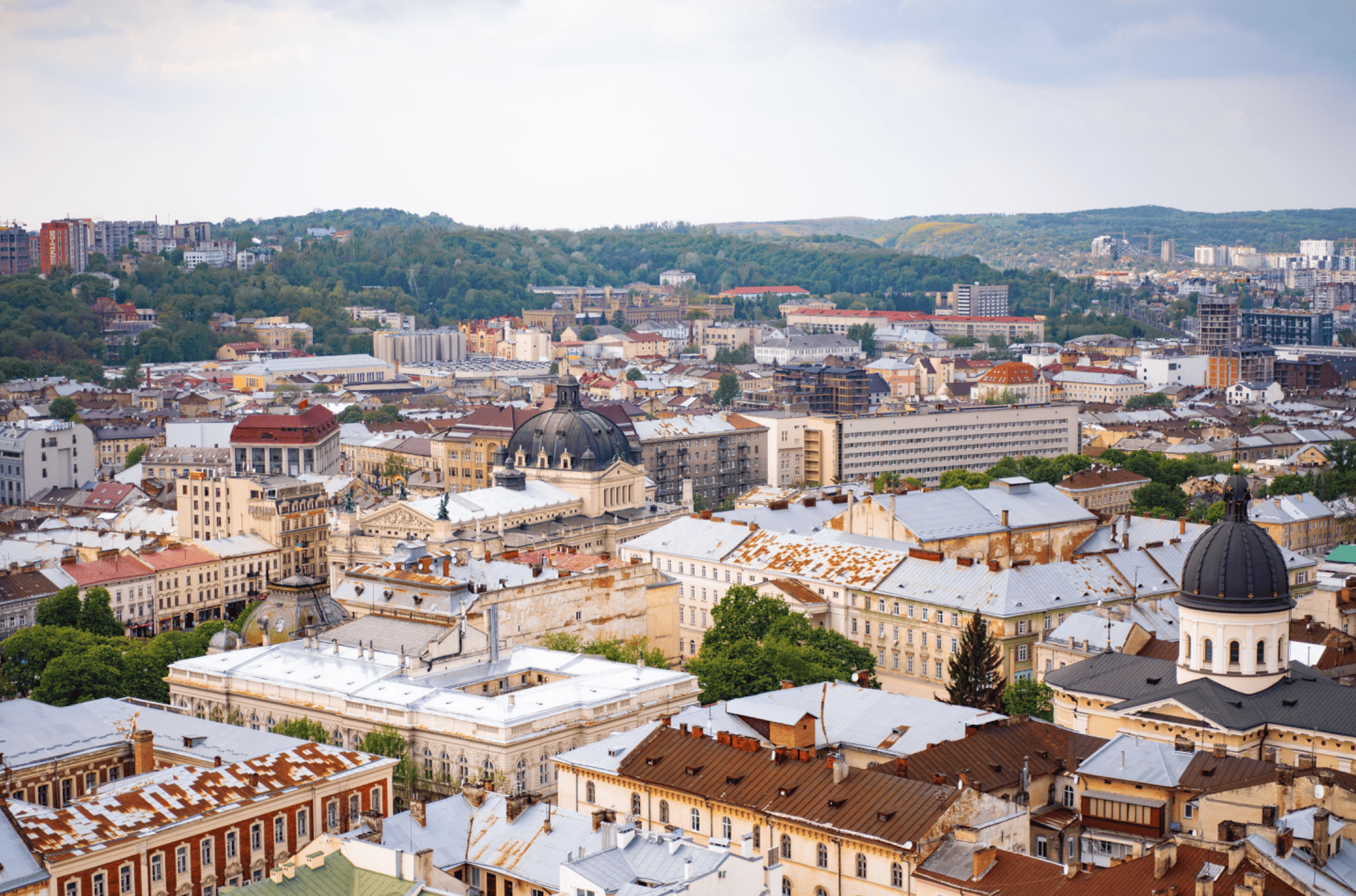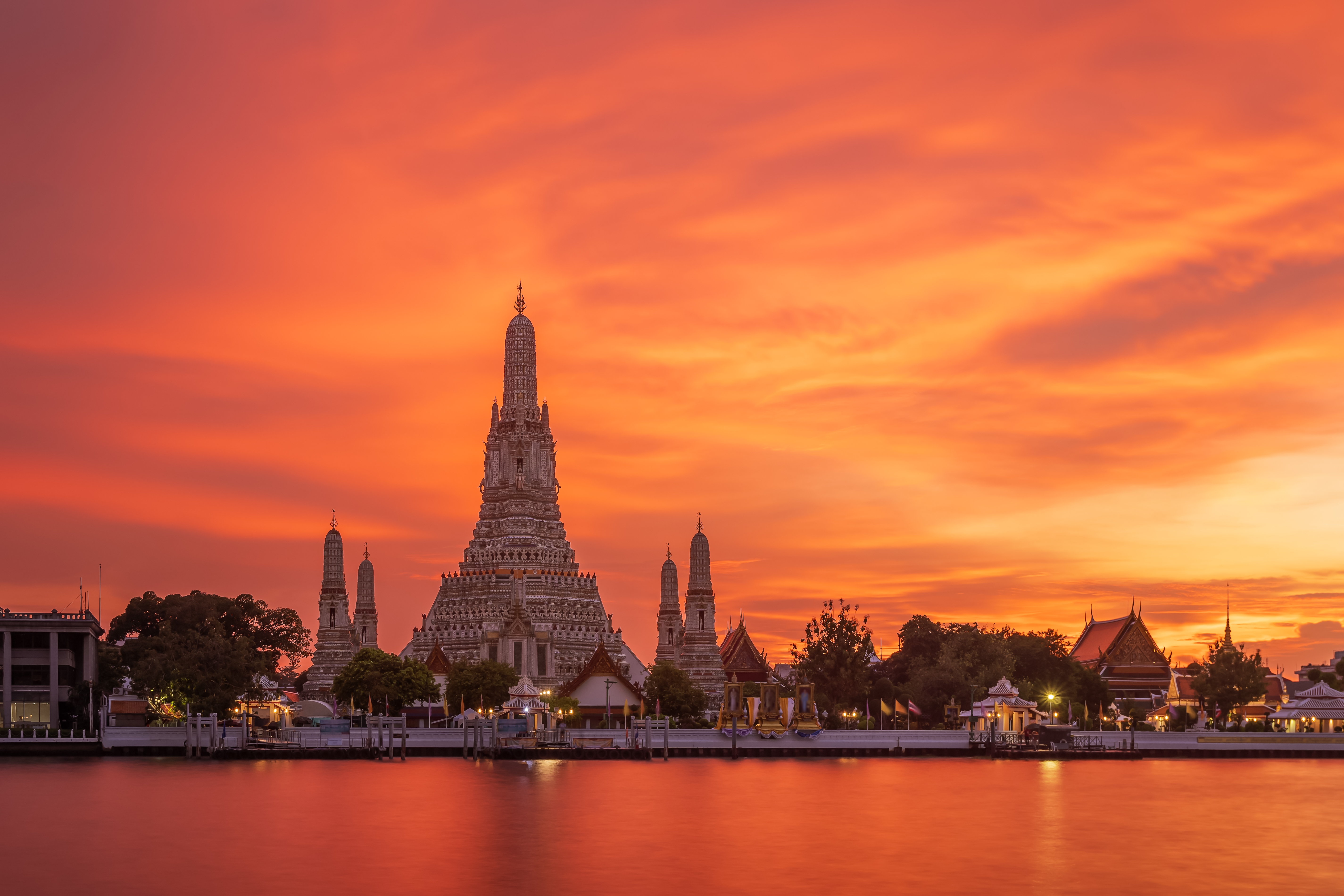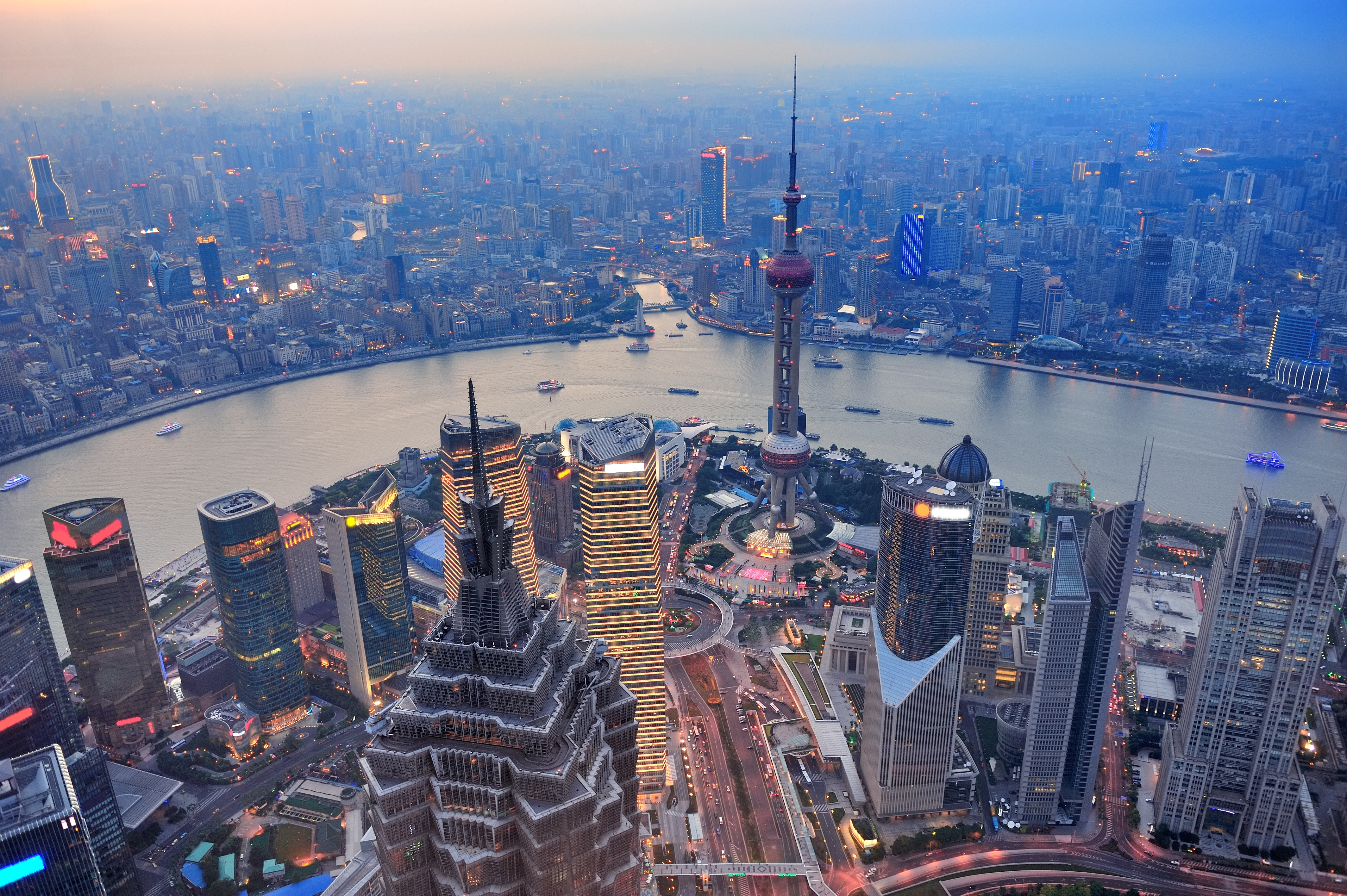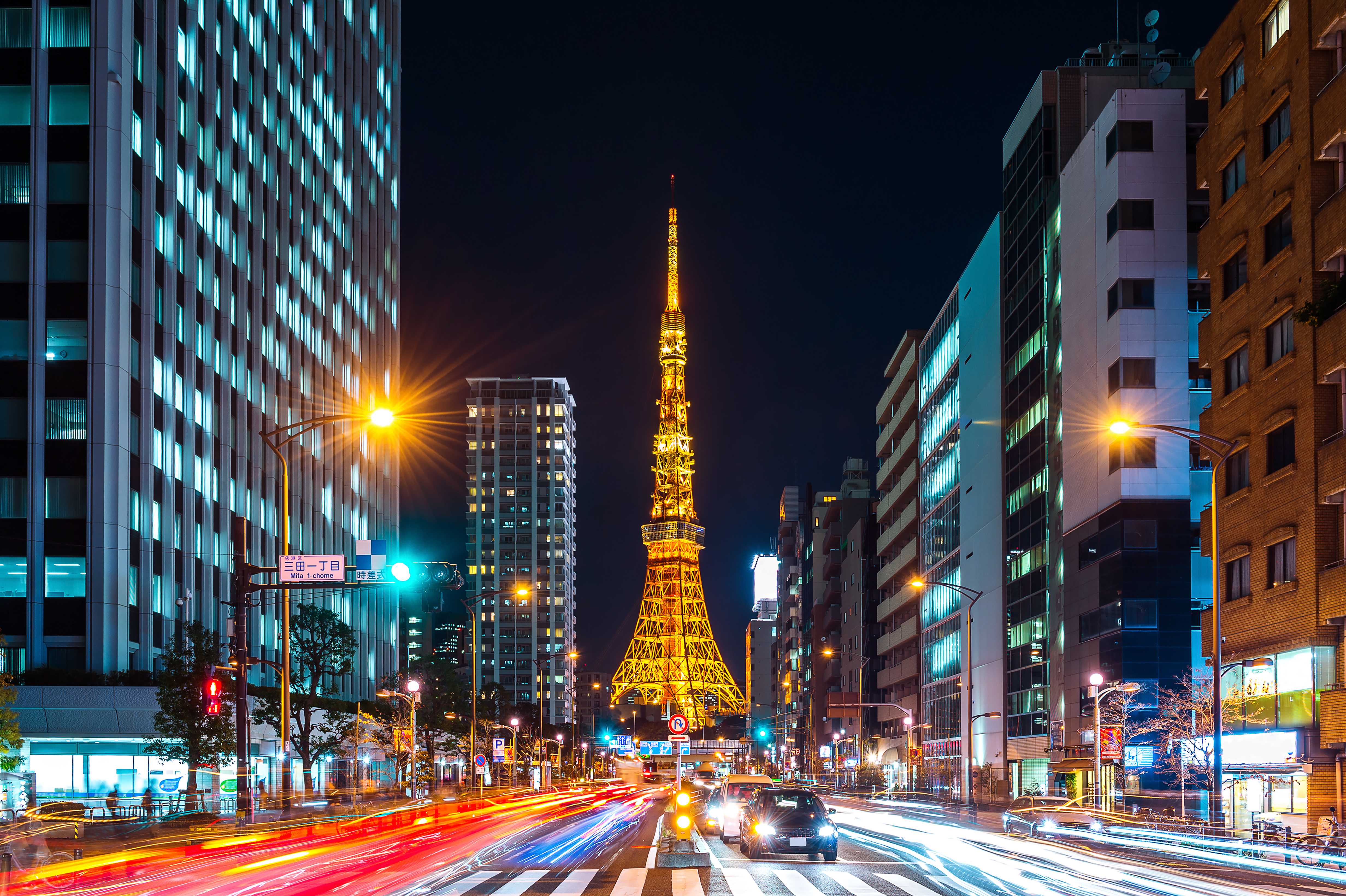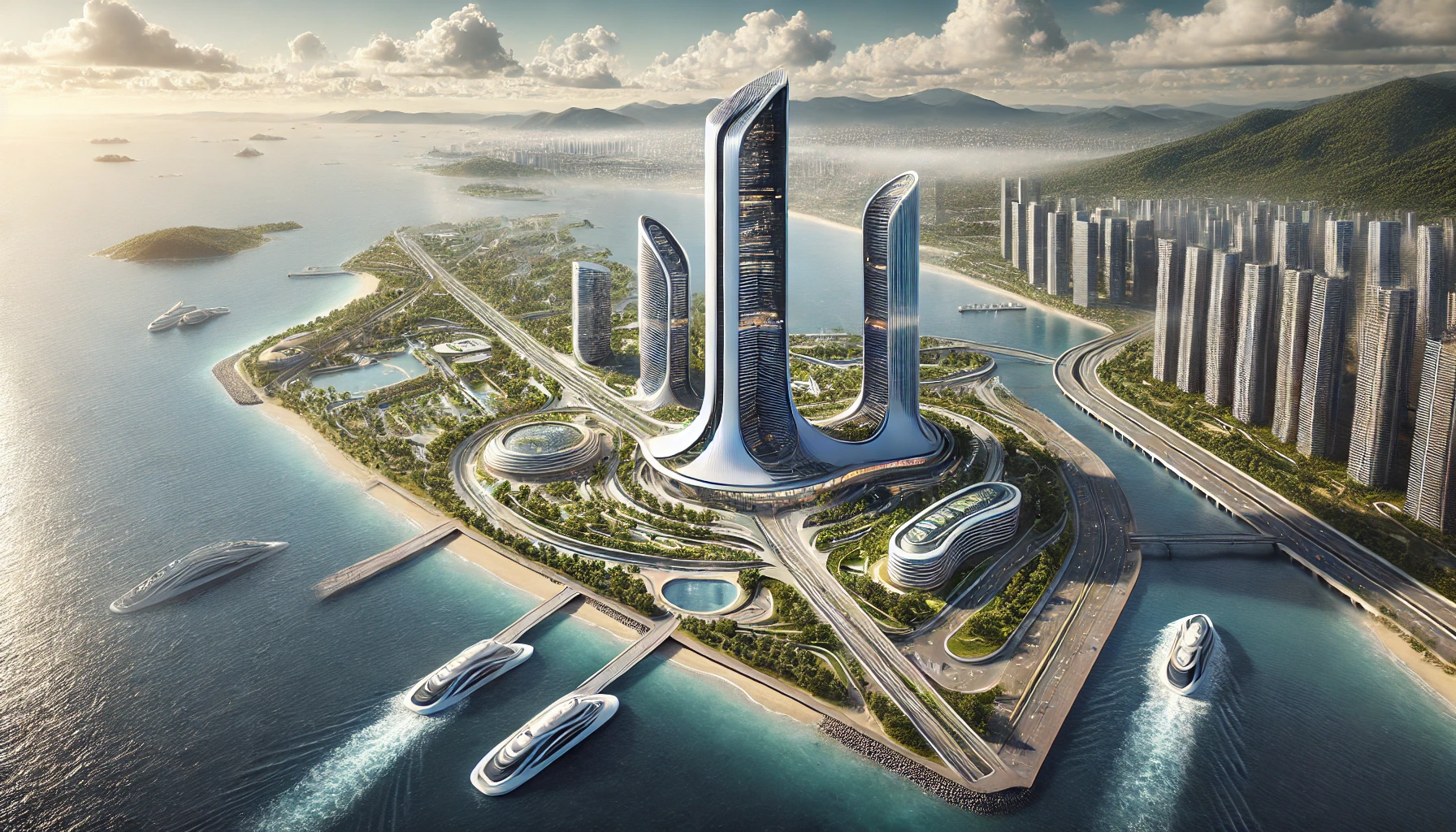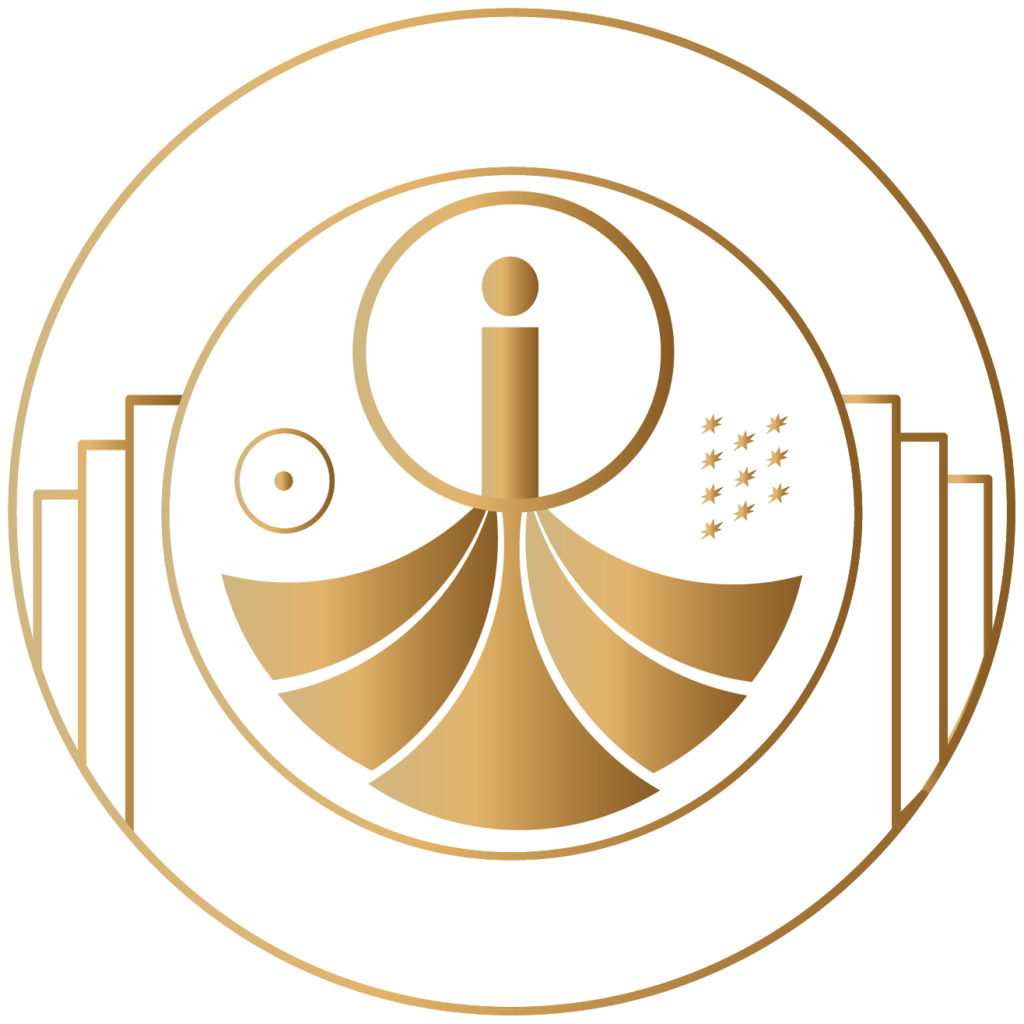SOUTHWEST ASIA
The Southwest Asia is also called the Middle-east or West Asia that covers 6,835,434 square kilometers. It is generally vast barren desert. The main rivers, which are also the origin of ancient civilizations, are the Tigris and the Euphrates in Iraq. This is the most suitable area for agriculture. With most areas are deserts full of oil reserve, petroleum is the main source of income for most countries.
The region is also the origin of the world’s major religions such as Christianity, Judah and Islam. Even though it is located in dry area, it is one of the world’s most strategic spot as it borders Africa on the West and Europe on the northwest and the north. Most geographical structure is highland such as the Iranian Plateau and the Anatolian Plateau. In addition, the region is the location of the Arabian Peninsula which is one of the most important peninsulas.
Some of the countries in the region are sometime considered as European member countries since they have possessed more European cultural influence than Asian side. These countries are namely Turkey, Cyprus, Armenia, Georgia, Israel, Palestine and Azerbaijan
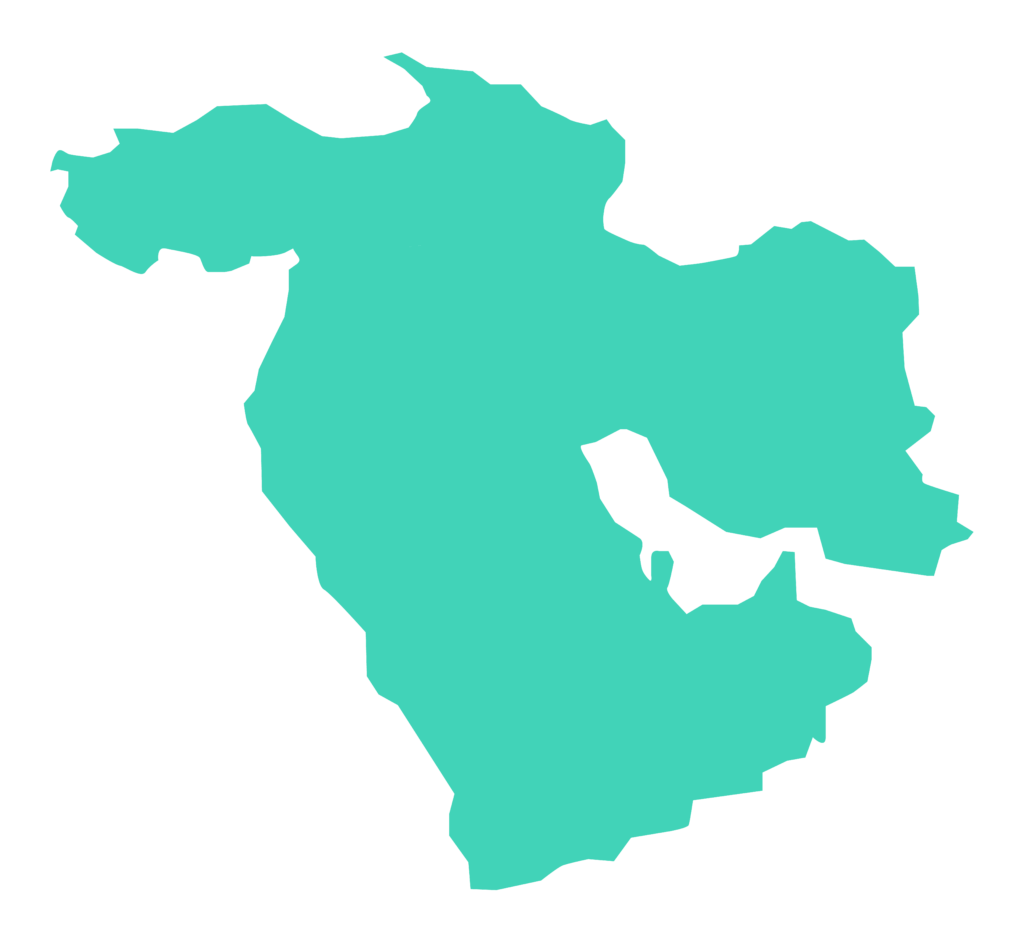
Brief Information of Southwest Asia
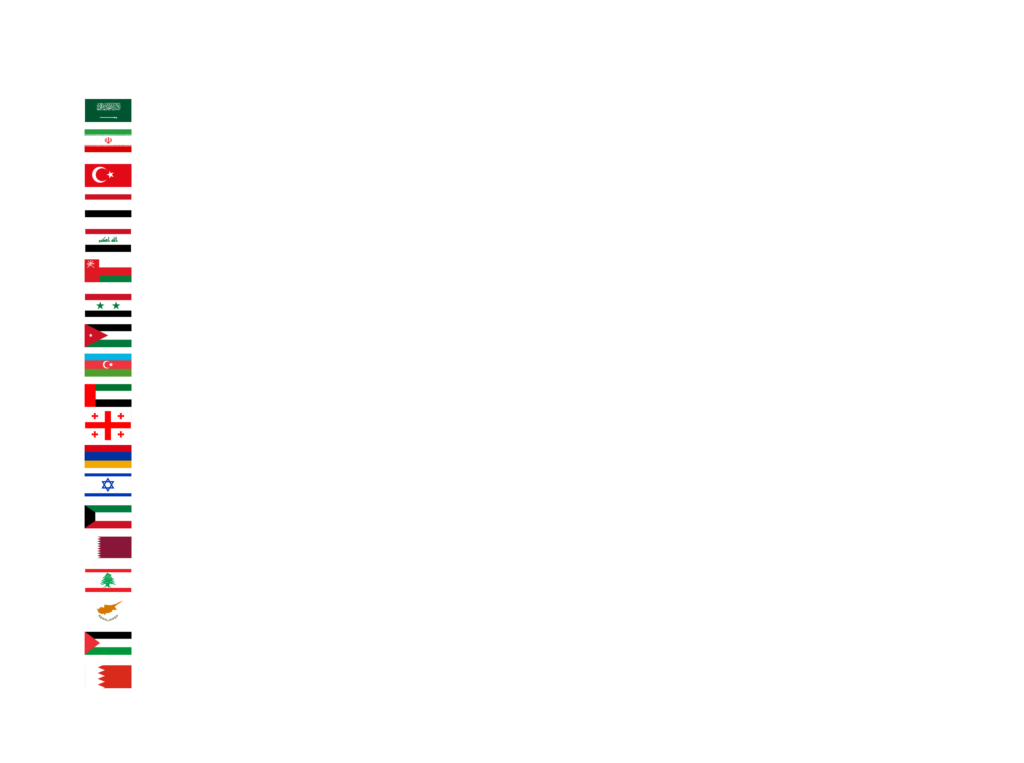
NSUE’s first target for the development program is Southeast Asia or the Association of Southeast Asian Nations (ASEAN). It is initially the investment that increases the asset value of the region. NSUE will allocate substantial investment and development fund for the better livelihood of all approximately 700 million people in 11 countries namely Cambodia, Laos, Thailand, Myanmar, Malaysia, Indonesia, the Philippines, Singapore, Brunei, Vietnam and Timor-Leste.
Asian Regions for the Development Plan
Master plan
by NSUE
IMPLEMENTATION GUIDELINES

If you want to know about NSUE
How are we committed to developing living conditions and the environment to live together in the city of the future?
